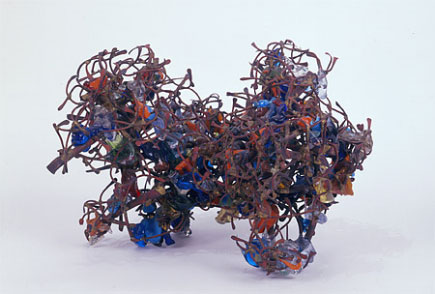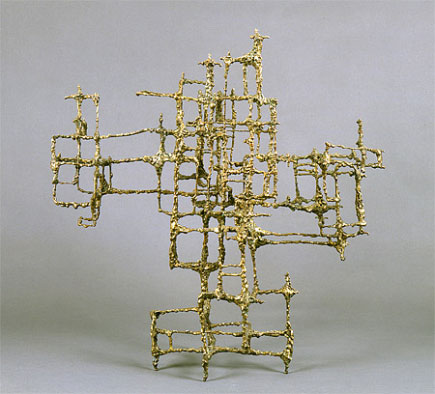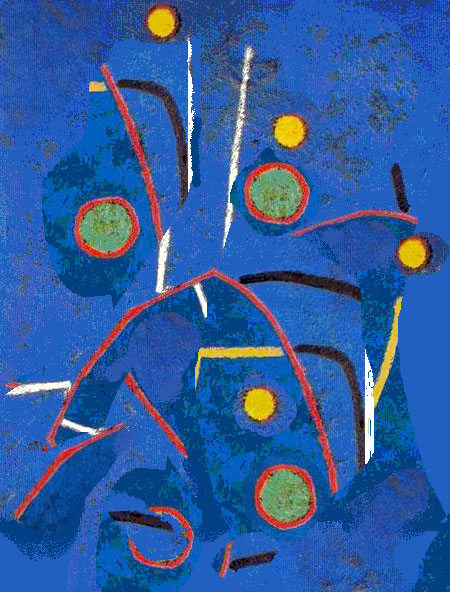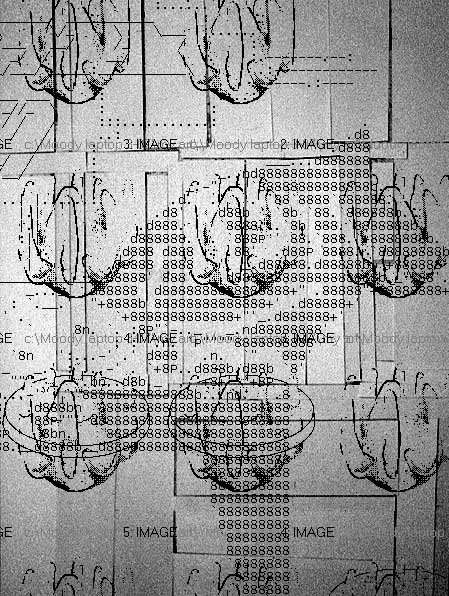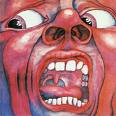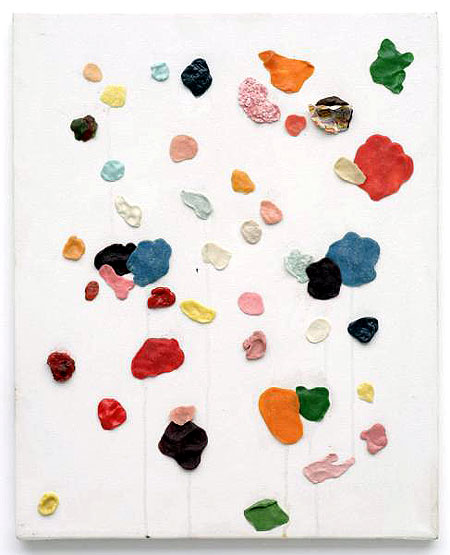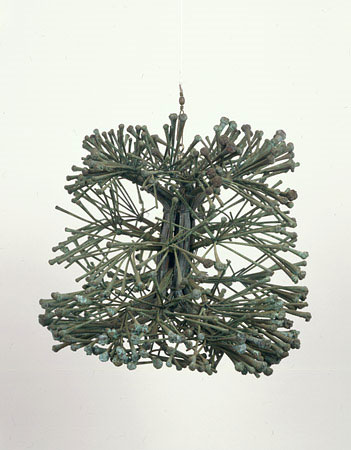
From an exhibition currently up at Michael Rosenfeld gallery, New York. Top to bottom: Ruth Asawa (electoplated copper wire), Claire Falkenstein (copper and glass), Ibram Lassaw (bronze over galvanized wire). All works from the 1950s/60s; more details at the link. This art still interests for its contradictions: the Abstract Expressionist mythos stressed immediacy and being in the moment, yet to make these chaotic drawings in space required the time and craft of fabricating a permanent object. It's not just frozen chaos but patiently made chaos. All suggest an emerging crystalline order (or flocculent in the case of Falkenstein) in a field of energy. The Lassaw announces its geometry the most blatantly but the horizontal and vertical "universals" quiver unsteadily as if they are about to melt back into the void. Making it have four legs so it could sit on a tabletop might still need to be rethought--Lassaw belongs in the "dated but interesting" category.
